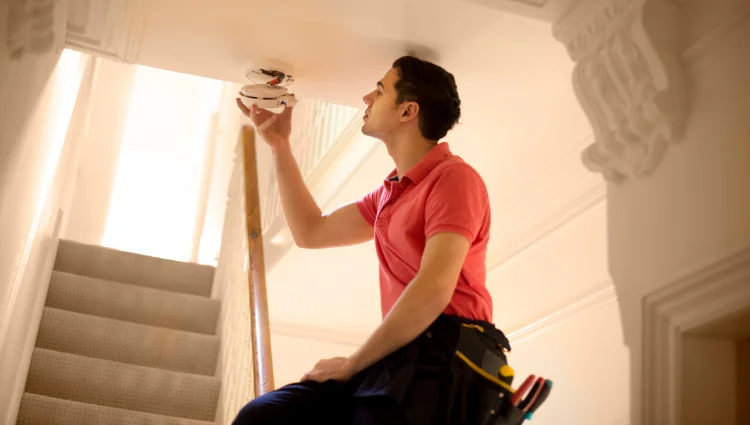
5 Smart Ways to Lower Your Home Insurance Premium
Home Insurance prices have climbed again in 2025, with many households paying more than expected at renewal time. Rising rebuilding costs and extreme weather risks are major factors, but that doesn't mean you're powerless. Here are practical steps Australians can take right now to help reduce premiums without cutting essential coverage.

What's Really Changing in 2025
Postcode risk: Areas with higher flood or bushfire exposure pay more.
Rebuilding costs: Construction materials and labour inflation remain high.
Claims frequency: Frequent small claims can push your rate upward.
Security standards: Homes without alarms or locks often cost more to insure.
Policy structure: Monthly payments and low excesses can add hidden fees.

How to Compare and Choose Smartly
Compare at least three insurers before renewing. Use licensed comparison tools or request quotes directly to see how location, excess, and rebuild value affect price.
Review every inclusion and exclusion. Some policies bundle optional extras such as accidental damage or portable contents that may not be relevant to your household.
Adjust your excess strategically. Increasing your excess by a few hundred dollars can significantly lower the annual premium, but always ensure it's still affordable in case of a claim.
Ask for discounts. Many insurers offer price breaks for combining home and contents, installing safety devices, or staying claim free for several years.
Start your research here:
Compare top home insurance quotes here

Quick Wins You Can Check in Minutes
Upgrade basic home security: Installing smoke alarms, window locks, deadbolts, or a monitored security system reduces your home's risk profile, insurers often reward this with lower premiums.
Check your “sum insured”: Check your “sum insured.” Make sure the amount reflects your actual rebuild cost, not market value. Overestimating can mean paying hundreds extra each year for coverage you'll never need.
Pay annually instead of monthly: Monthly instalments might feel easier, but they usually include added service fees that inflate the total cost. Annual payments can be 5-10 % cheaper overall.
Bundle where it makes sense: Combining your home and contents, or even adding car insurance with the same provider, can unlock meaningful multi policy discounts.
Do a quick policy refresh: Spending 10 minutes reviewing optional extras and coverage levels can reveal areas to trim without compromising protection.
Want a deeper dive? Why Australians Are Paying Up To 14% More For Home Insurance?
Before You Decide, Read the Fine Print
Before switching or renewing, check:
The coverage limits and whether rebuilding costs are automatically indexed.
Exclusions for flood, storm, or accidental damage.
Claim processing times and excess rules.
Cancellation or change fees if you move house mid-policy.
Scan the PDS (Product Disclosure Statement) for claim lodgement times, dispute process and other important conditions.
For Government Neutral Guidance, see MoneySmart's Home Insurance Guide
Bottom line
In 2025, higher home insurance premiums have become part of the landscape, driven by construction costs, climate risks, and rising claim volumes. Yet informed homeowners still hold more control than they might think.
Taking time to compare policies side by side, improve home security, and reassess your excess level can translate into real annual savings. The key is to treat insurance like any other financial decision: review it regularly, question automatic renewals, and make sure every dollar you spend actually protects what matters most, your home and peace of mind.

